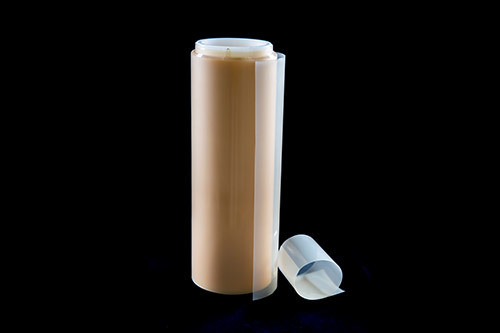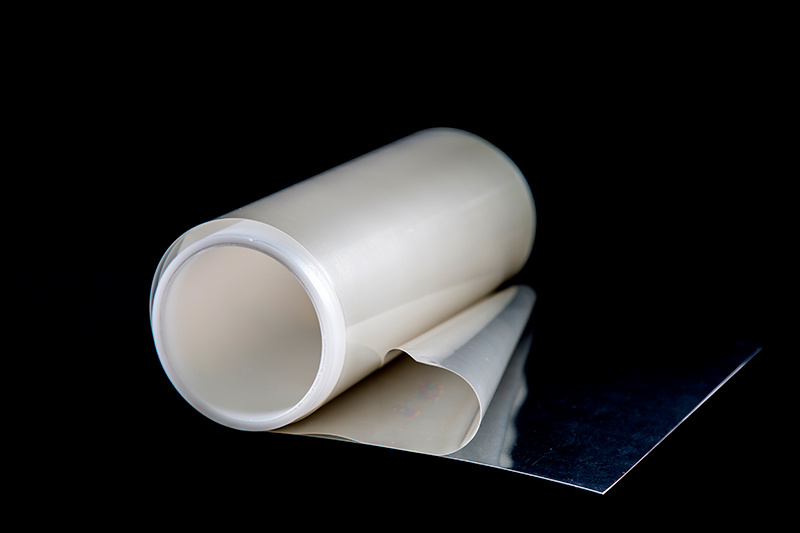Product Introduction Of Polymer electrolyte membrane PEM Pem:
The Polymer electrolyte membrane PEM electrolysis we produce can be divided into PEM for industrial hydrogen production and PEM for civilian hydrogen health according to specific application scenarios.The Polymer electrolyte membrane electrolysis we produce has the characteristics of high conductivity, low permeability, and high pressure resistance. Through special design, Polymer electrolyte membrane electrolysis can effectively reduce the cross contamination of vanadium ions and ensure the long-term operation and stable performance of the battery.
Product Advantages Of Polymer Electrolyte Membrane Electrolysis:
The Polymer electrolyte membrane PEM we produce integrates intelligent electronic control technology and fault self-detection mechanism, which not only improves the convenience of operation, but also makes the equipment stable and reliable under various working conditions. The Polymer electrolyte membrane PEM we produce is suitable for vanadium flow battery systems of various sizes, including renewable energy storage, grid regulation, emergency power supply, and commercial and industrial energy storage solutions.

Thickness And Basis Weight Properties:
| Membrane Type | Thickness(microns)(um) | Weight(g/m²) |
| PXWE-175-T01 | 175 | 345 |
Physical And Other Properties:
| Physical and Other Properties | Typical Value | Test Method | |
| TensileTest (23℃,50%RH) | |||
| Tensile Strength (MPa) | ≥28 | ≥28 | ASTM D882 |
| Tensile Modulu (MPa) | ≥400 | ≥200 | ASTM D882 |
| Elongation at break(%) | ≥120 | ≥200 | ASTM D882 |
| Specific Gravity | 1.97 | 1.98 | |
| Other Properties | Typical Value | Test Method | |
| Conductivity²(S/cm) | ≥0.100 | ≥0.100 | GB/T20042.3-2022 |
| Acid Capacity³(meq/g) | 1.00±0.05 | 1.00±0.05 | GB/T20042.3-2022 |
| Dissolved Hydrogen Concentration | 1000 | ||
Hydrolytic Properties:
| Hydrolytic Properties | Typical Value | Test Method | |
| Water Content⁵(%) | 5.0±3.0 | 5.0±3.0 | ASTM D570 |
| Water Uptake(%) | 50.0±5.0 | 50.0±5.0 | ASTM D570 |
| Thickness Swelling Rate at 23℃,50%RH(%increase) | |||
| Water soaked at 23℃50%RH | ≤5 | ≤18 | ASTM D756 |
| Water soaked at 100℃50%RH | ≤15 | ≤30 | ASTM D756 |
| Linear Expansion at 23℃,50%RH (% increase) | |||
| Water soaked at 23℃50%RH | ≤5 | ≤16 | ASTM D756 |
| Water soaked at 100℃50%RH | ≤18 | ≤20 | ASTM D756 |

Precautions For Polymer Electrolyte Membrane Electrolysis:
Gas Leak Prevention: Regularly check hydrogen lines and connection points to ensure there are no leaks. Use hydrogen detectors to detect and resolve problems in a timely manner, while ensuring that the work area is well ventilated to prevent hydrogen accumulation.
Operation Training: All operators must be properly trained to understand the working principles, operating procedures and emergency shutdown procedures of the equipment. Untrained personnel are prohibited from operating the equipment.
Maintenance Records: Keep detailed maintenance and operation logs to record all relevant activities, including routine inspections, maintenance services and resolution of any problems. This helps track the performance of the equipment and detect potential problems in a timely manner.
Notes Of Polymer Electrolyte Membrane Pem:
Measurements taken with membrane conditioned to 23℃.50%RH for 24h.
Conductivity measurement at 230.100%RH.
A base titration procedure measures the equivalents of sulfonic acid group in the polymer resin,thuscalculating the acid capacity or equivalent weight of the membrane.
Water content ofmembrane conditioned to 23 ℃ and 50%RH(dry weight basis).
Water uptake fiom dry membrane to conditioned in water at 100'℃ for l hour (dry weight basis).